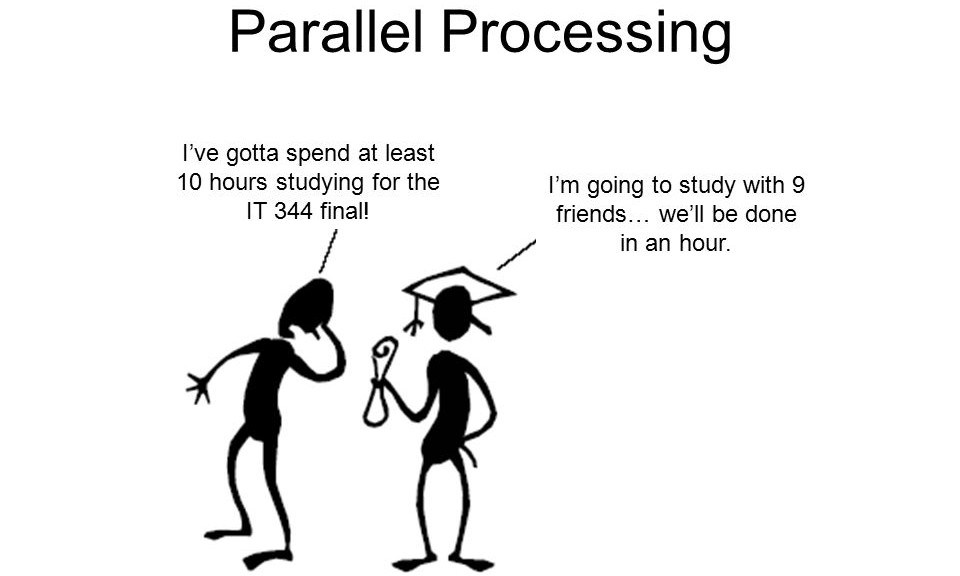Note: For the case of simplicity I skipped some of the corner cases to make this article less complicated and more understandable.
When working with multi threaded and multi process systems that consume messages in parallel, you need to be able to enforce some limitations on the processing order.
Most of the time, in well designed systems, things should be based on atomic (in terms of not being dependent on any other worker job) jobs that can run whenever they need to. However, in some cases you need to make sure that jobs related to a given resource are not executed at the same time. This can be achieved with Karafka and Sidekiq in 3 ways:
- Standalone Karafka mode - single Karafka process will consume messages one by one and process them inline (without using Sidekiq at all). Since Kafka gives us a per partition ordering, same applies to standalone Karafka mode.
- Karafka default mode + single Sidekiq worker with a single thread. Since single threaded Sidekiq process uses FIFO, this can be achieved with this combination.
- Karafka + Sidekiq + SidekiqUniqueJobs gem. This combination allows us to build complex multi threaded and multi process workers that will ensure that a single resource is being modified by maximum 1 worker at the same time (while executing uniqueness).
In this article I will focus on the last option, as it is the best in terms of performance and flexibility.
A bit about state machines
Having a single resource on which many actions can be performed is always a problem. To ensure (on an object level) that we won't process things in parallel we can use state machines (aasm is a great gem for that) to achieve locking. However, if we only do that, we will have to implement a bit more logic when considering a possibility of many jobs doing same stuff at the same time:
- Detecting and waiting if someone else is already using (whatever that means) a given resource.
- Retrying in case of state machine failure (invalid transitions).
But hey! We use Sidekiq! It means that retrying is already built in and it will restart the job later on. It also means, that at some point, the state machine lock will be removed and we will be able to finish all the jobs.
That is true, however we should not rely on that because a case like that shouldn't be considered an exception. Instead we should prevent situations like that from happening at all.
Problem definition
Let's say we have a RemoteResource representation that needs to be refreshed periodically (every 5 seconds) and we need to make sure that we never overwrite it's content with older data.
class RemoteResource < ActiveRecord::Base include AASM aasm do state :initial, initial: true state :running event :run do transitions :from => :initial, :to => :running end event :finish do transitions :from => :running, :to => :initial end end def refresh! # Some external API calls and other business stuff # @note I know that this shoould be in a service but # again, lets keep things simple update!(content: RemoteData.fetch(id)) end end
Happy, single threaded execution example:
resource = RemoteResource.find(params[:id]) resource.run! resource.refresh! resource.finish!
This code will run without problems as long as:
- Our processing (including external API call) does not take more time than 5 seconds
- Sidekiq workers are up and running (at least matching the speed of enqueuing)
But lets kill all the workers for 1 minute and run them again. We end up with a queue full of messages that will be processed at the same time. And then we might have jobs for the same object enqueued one after another, which means that they will be executed at the same time:

In a case like that, both workers will overlap processing the same resource. It means that we might end up with outdated data (network delay for an older resource) or a state machine exception. In more complex cases it could mean corrupted data.
Since Karafka passes messages into Sidekiq, this problem can occur there as well. The worse part is that it can get much worse when we perform many types of tasks on a single resource and they should never overlap.
Solution: SidekiqUniqueJobs
SidekiqUniqueJobs is a great gem that solves exactly this issue. It makes sure (among other options) that for a given set of arguments, only a single job can run at the same time. In our case unique arguments would be:
- Worker name
- RemoteResource#id
This is enough to competeour task! Jobs for different resources will be processed at the same time, but no more parallel processing on the same RemoteResource.
Implementation in Karafka application
To use this gem with Karafka application, you need to build a uniqueness scope before a job is enqueued. This can be done inside the #before_enqueue block:
class KarafkaController < Karafka::BaseController
before_enqueue do
params[:uniqueness_scope] = params.dig(:remote_resource, :id)
end
end
you also need to configure your Karafka base worker to set uniqueness key based on this param value:
class ApplicationWorker < Karafka::BaseWorker
sidekiq_options unique: :while_executing
def self.unique_args(args)
[
args.first, # This is this worker name
args.last['uniqueness_scope'] || SecureRandom.uuid
]
end
end
Note, that we use SecureRandom.uuid as a fallback for jobs for which we don't want to make uniqueness execution. Random uuid will ensure that all the jobs without a uniqueness_scope can perform at the same time. If we would leave nil, it would be treated as any other value so no jobs would run in parallel.

